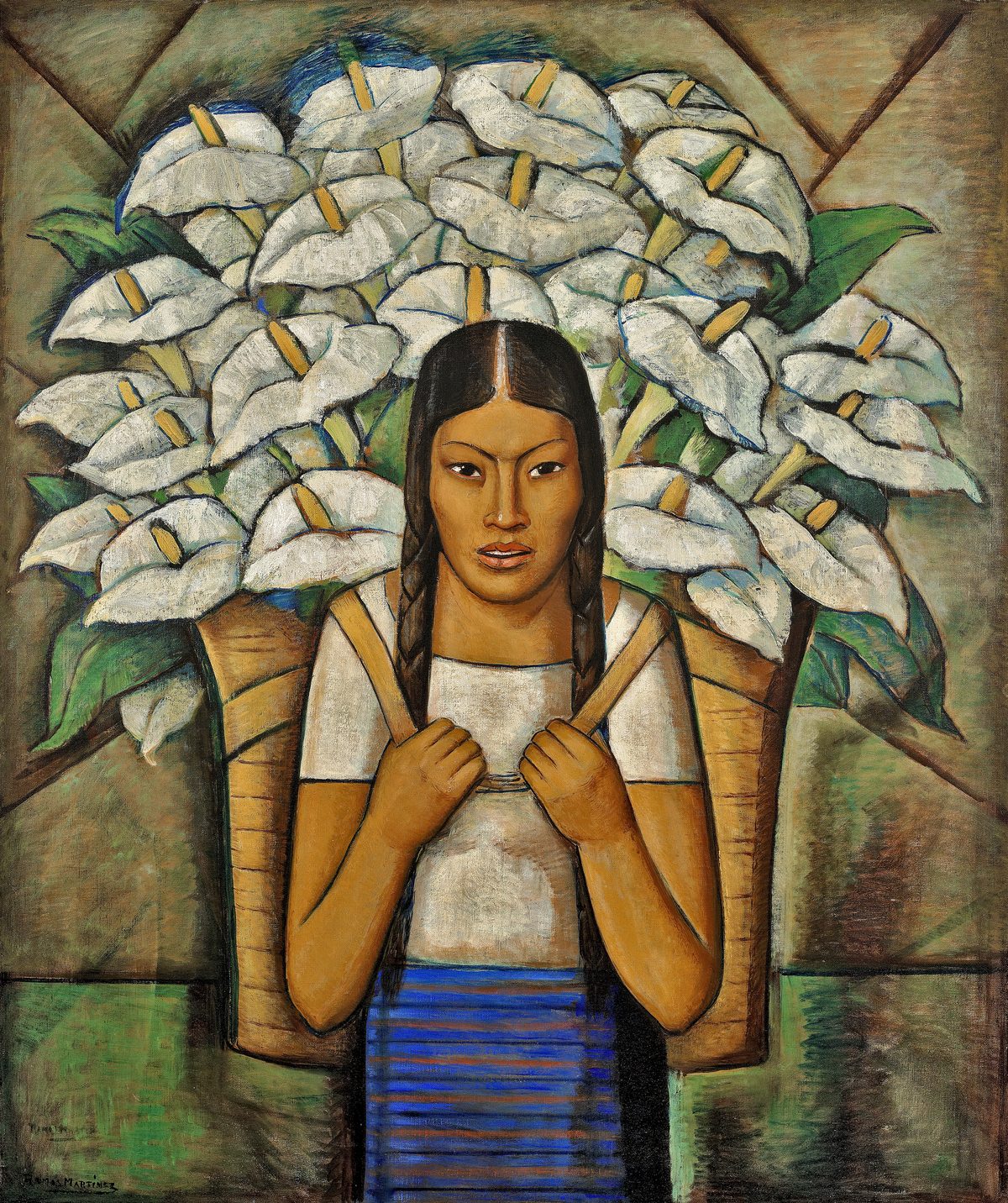
“Vida Americana: Mexican Muralists Remake American Art, 1925–1945″
February 17 – May 17, 2020
The Whitney Museum
Mexico underwent a radical cultural transformation at the end of its Revolution in 1920. A new relationship between art and the public was established, giving rise to art that spoke directly to the people about social justice and national life.
The cultural renaissance that emerged in Mexico in 1920 at the end of the country’s revolution dramatically changed art not just in Mexico, but also in the United States. A new exhibit coming in 2020 to the Whitney Museum, “Vida Americana: Mexican Muralists Remake American Art, 1925–1945,” will explore the profound influence of Mexico’s three leading muralists: Jose Clemente Orozco, Diego Rivera and David Alfaro Siqueiros and the style, subject matter, and ideology of art in the United States made between 1925 and 1945. Curated by Barbara Haskell, with Marcela Guerrero, assistant curator, Vida Americana will be on view from February 17 through May 17, 2020, and will travel to the McNay Art Museum in San Antonio, Texas, where it will be on display from June 25 – October 4, 2020.

By presenting the art of the Mexican muralists alongside that of their American contemporaries, Vida Americana reveals the seismic impact of Mexican art, particularly on those looking for inspiration and models beyond European modernism and the school of Paris. At the same time that American artists and their audiences were grappling with the great depression and the economic injustices it exposed, the Mexican artists provided a compelling model for portraying social and political subject matter that was relevant to peoples lives, thereby establishing a new relationship[ between art and the public.
This historic exhibition will feature works that have not been exhibited in the United States in decades. two of Rivera’s 1932 studies for Man at the Crossroads, his destroyed and infamous Rockefeller Center mural will be lent by the Museo Anahuacalli in Mexico City. Comprised of paintings, portable frescoes, films, sculptures, prints, photographs, and drawings as well as reproductions of in-situ murals, Vida Americana will be divided into nine thematic sections and will occupy the entirety of the Whitney’s 5th floor. This unprecedented installation, and the catalogue that accompanies it, will provide the first opportunity to reconsider this cultural history, reliving the immense influence of the Mexican artists on there American counterparts between 195-1945.
The Whitney museum’s own connection to the Mexican muralists dates back to 1924 when the museums founder, Gertrude Vanderbilt Whitney presented an exhibition of the work of thee Mexican artist—Jose Clemente Orozco, Luis Hidalgo and Miguel Covarrubias, at the Whitney studio club, organized by artist Alexander Brook.



